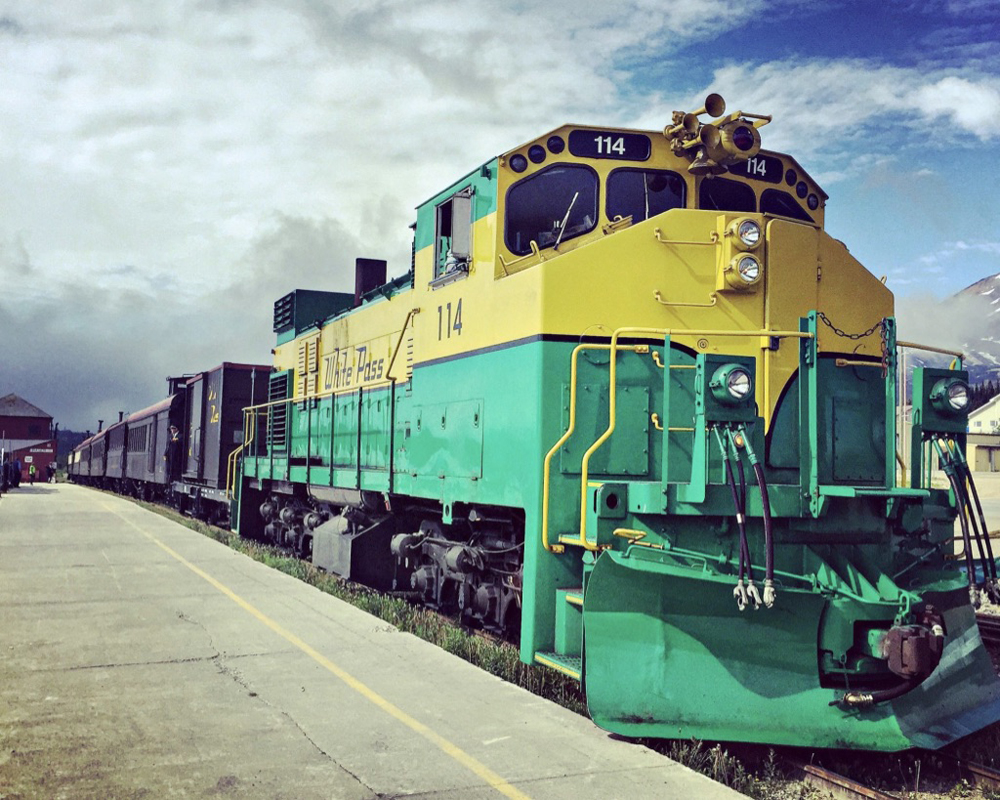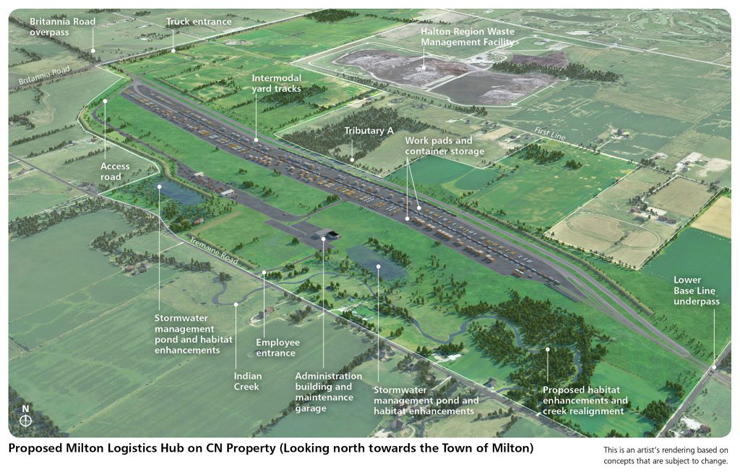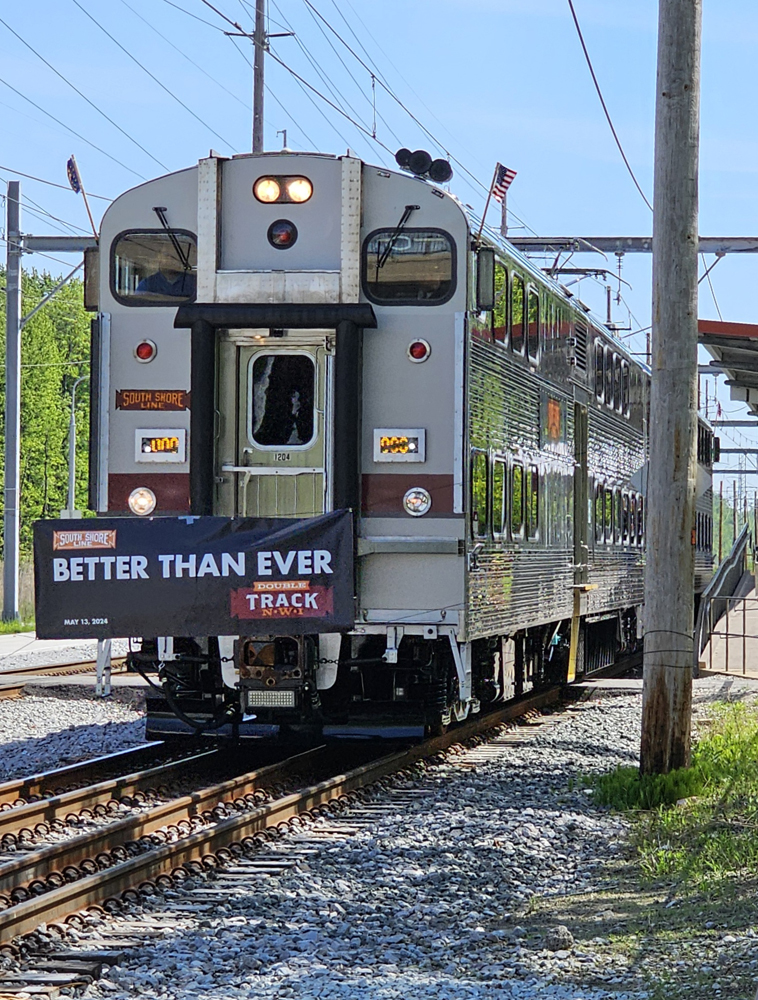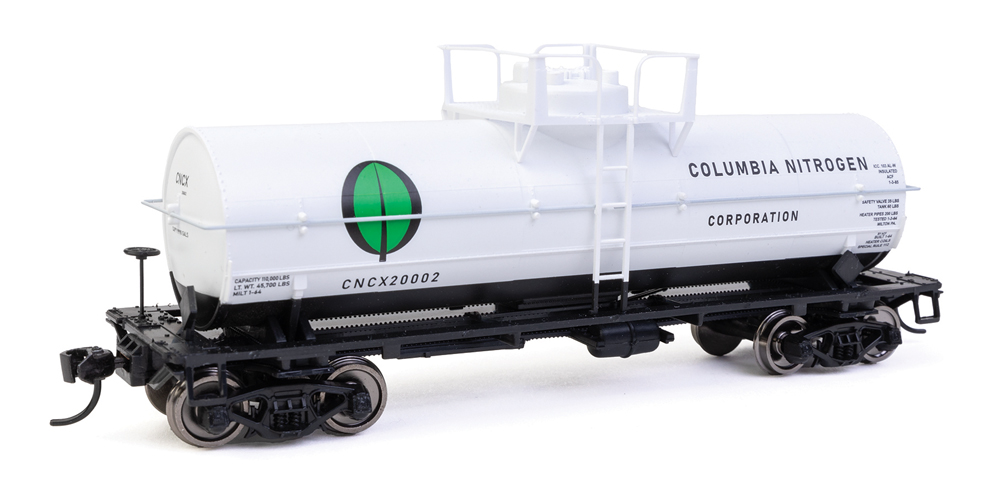
CHAMA, N.M. — The bi-state agency overseeing the Cumbres & Toltec Scenic Railroad has agreed to purchase a diesel locomotive from the White Pass & Yukon Route Railway, a first for the classic line preserving the former Denver & Rio Grande Western line between Chama and Antonito, Colo.
The commission agreed to the purchase of Bombardier DL535E No. 114 for $120,000, as well as all related acquisition costs, at its Nov. 11 meeting., saying in a resolution that it “recognizes the need for additional motive power … outside the confines of the existing locomotive fleet.” Funding will come from money received under the American Rescue Plan Act of 2021.
Meeting notes from Samuel Seiber, who reports on the commission as a citizen journalist, indicate commissioners said the locomotive would be used for maintenance-of-way work and as a rescue locomotive, and would allow the railroad to save the $1,000 or more per day in expense of keeping a steam locomotive hot as a rescue engine. The commission hopes the 1,200-hp C-C locomotive could be on hand by late spring or early summer 2024.
The Cumbres & Toltec purchase follows a similar acquisition of four DL535Cs by the Durango & Silverton Narrow Gauge Railroad from the White Pass & Yukon in 2020 [see “Durango & Silverton buys …,” Trains News Wire, April 13, 2020]. That purchase has helped the Durango & Silverton continue to operate during periods of higher fire danger [see “Durango & Silverton set to go coal-free …,” News Wire, June 25, 2021].














That diesel could be painted in Rio Grande’s single stripe scheme.
I am humbled to have a link to my report. The video of the report is available at https://youtu.be/60RkVtb9XZA
There are chapter marks below the video so you can jump right to the part you are interested in.
Does anyone in North America still manufacture smaller than mainline Diesel locomotives from scratch?
I suspect you are referring to the past small Plymouth industrial locomotives, most of which were equipped with gasoline engines. Back in the 70s, I took a trip with a friend of mine to a powerplant in the 7 lakes region near Ithaca, NY, where there was a Plymouth locomotive for sale. It had a huge La’Roi (Eventually Waukashaw) industrial gas engine with a manual transmission and clutch. The flywheel housing bolt pattern and diameter did not conform to any of the modern SAE standards, falling somewhere in between the two largest SAE standard diameters, thus making it harder to convert it to a Cummins diesel.
Anyway, I suspect the small locomotive industry dried up because today one sees many greater flexibility 5+ ton trucks equipped with HD hi-rail wheels and knuckle couplers. And if the application is located on rails-in-pavement, a hi-rail attachment might not even be necessary.
Consumer debt isn’t far behind $17.3 Trillion for their luxury vehicles, monstrous homes, vacations & toys to try & out do their friends & neighbors. The pot calling the kettle black!
But the difference is taxpayers don’t have to pay for consumer debt
Think of the impact to the economy if everyone were to only buy essentials and spend within their means? The job losses would be catastrophic. And, worldwide.
Deep down she’s an ALCo.
And will still smoke like one, on occasion
Yes. A proud ALCo/ALCO/Alco.
Dr. Güntürk Üstün
According to the Northbound Model Works website, that Co-Co diesel-electric locomotive was built by Bombardier in 1982. Over the years modifications were made to the 1200 hp (890 kW) locomotive in question.
Dr. Güntürk Üstün
If the D&RGW had intended to keep that line, I’m sure they would have happily dieselized it at the first opportunity. As prior commenters have pointed out, this makes good financial sense.
The railroad did study the possibility of dieselizing between Antonito and Durango. Their analysis found that the remaining freight traffic at the time was expected to decline and disappear within ten years, making the cost of dieselization uneconomical. In fact, the remaining freight traffic lasted for almost twenty years, albeit at steadily declining volume. Choosing not to dieselize was a fortuitous decision from which we benefit till this day.
What frustrates me is the the WP&Y, The C&T, and perhaps the D&S have for one reason or another, been built as 3′ narrow gauge RRs, where had they been 4′-8 1/2″ standard gauge, PERHAPS the door could have been left open for revenue common carrier interchange, thus helping to finance the tourist steam operations.
It is my understanding that the EBT RR still has a common carrier interchange with dual gauge tracks near it’s source, but not sure if it is currently being used for any common carrier revenue service???
American Rescue Plan dollars. More government largess. We are nearing $34 trillion in national debt. This is not the responsibility of the Federal Government. If anything it should be New Mexico and Colorado shouldering this burden.
I am sorry I can not resist:
Makes me think of the great phrase, “All politics is local.” (Most closely associated with the great Tip O’Neil but not originally by him.)
Anyway, I for one would rather spend money on C and T then some highway in Idaho which I will never use, a highway interchange in Lousiana, or subsidizing oil drilling in public waters and lands, but hopefully we can still be the UNITED States of America and thus willing to invest in our infrastructure
I think the operators of these properties understand the value of their steam operations, and aren’t looking to broadly eliminate steam. But they need to balance the high cost of steam against the value they derive from having a steam locomotive on the point of train. MOW, non-revenue operations, low volume trains on the margins of the season, and extra trains on busy days are all situations where diesels can substantially reduce costs without significantly reducing the quality of the visitor experience. The age of the steam locomotives also needs to be a consideration – Is firing up a 115 year old artifact to haul ballast in the off season really the best way to preserve that artifact when it is already assigned to daily trains for four to five months of the year?
I know that narrow gauge steam purists will scream about this, but it makes sense. A thousand dollars a day to keep an engine hot could be better used for the maintenance of the existing locomotives and equipment. Also, due to the drier climate they can be used for train service should Colorado or New Mexico deem it necessary to shut down steam out of fire concerns. Like it or not it is the 21st century and steam railroads are one fire away from being shut down forever. All you need to do is look at the NIMBYs and lawyers out there. If you think that this couldn’t happen, look at the number of people in Durango who would like to turn the D&S into a biking trail.
Fortunately, the chances of that happening are slim. (No pun intended) Unlike the Cumbres & Toltec, the Durango & Silverton is a private enterprise operating on what was about to be an abandoned right of way, but tourism and the motion picture industry rescued it and kept it alive until it was abandoned by D&RGW in 1969 and purchased by Charles Bradshaw in 1981. The states of Colorado and New Mexico own the C&T and so they have more flexibility in that regard. The D&S is now owned by American Heritage Railways which also owns The Great Smoky Mountain Railroad.
Which would bring in more tourist dollars? The railroad? Or, a hiking trail?
I was all in favor of clear-cutting the D & S right-of-way and scrapping everything when the irresponsible federal lawsuit happened. As for the NIMBYS? If they want their trail, let them buy it.
The last time I was in Durango (ten? years ago) they had a diesel for switching after the day’s trains returned in order to keep the NIMBYS happy. One railroader commented to me that it smoked worse than the steamers.
Another thought is that years ago I met someone (local school teacher?) from the C&TS area. He said the area was really poor. If the railroad goes the town of Chama would mostly disappear. The two states have a considerable interest in keeping the railroad going. Durango would be mostly OK without the D&S.